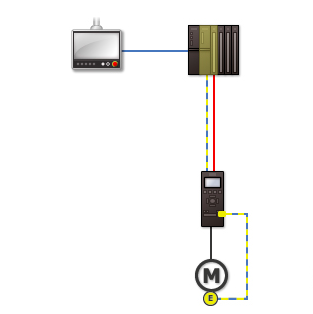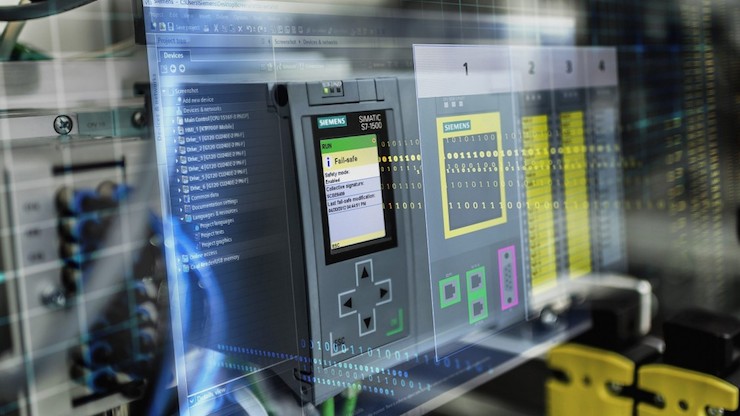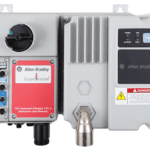Safety is a critical machine design criteria. For example, the most common functional safety standards for machines in automation are EN/IEC 62061 and EN/ISO 13849-1. Both deal with safety via electronic solutions. This is in contrast to traditional safety systems that used electromechanical components for safety functions. Functional safety is generally understood to apply to the entire machine and the machine control system, not to individual components. That is, safety standards are most often specified with respect to a machine, and not to a function such as motion control. (This is also why they’re often referred to as “machine safety directives.”)

A recent but well-established concept is integrated safety. It differs from previous implementations in that safety features are not added on to a machine after the fact but are integrated into the design of the machine or its control components from the very beginning. So for instance, safety functions and features may be built into actual motion components such as drives, controllers, and PLCs.
In fact, the drive is often at the heart of the safety implementation, which makes the drive largely responsible for the safety features. Drive-based functional safety is fairly common in many machine and automation systems. A typical drive-based functional safety system includes a number of safety features broken down by different categories. This includes three of the most basic safety functions relating to safe stopping, safe braking, and motion monitoring. Other more advanced functions are available depending on the application needs as well as the level of compliance needed, and these too may be integrated into drives or other system components.
When it comes to machine safety, these are among the most critical actions one may need a machine to execute when a problem arises. At one level, you may need the machine to come to a complete stop. This is achieved by cutting off power to the motor, which stops motion. There are a number of ways to do so depending on just how quickly the machine must stop, including a sudden hard stop or a gradual powering down.
Different manufacturers will package and supply these safety functions in differing ways. For example, B&R Automation offers a way to program safe drive applications using PLCOpen-compatible function blocks with their SafeDESIGNER in Automation Studio. Safety levels up to Cat. 4/PL e/SIL 3 can be implemented allowing fixed wiring to be replaced by safe data transfer via the existing machine bus system.

Another example comes from Siemens. The company’s SIMATIC Safety Integrated offers a seamless integration of machine safety in the SIMATIC automation system. The system, comprising both hardware and software, offers the advantage of having the safety functions already built in, so no second, additional system is needed.
The company attributes a number of benefits to integrated safety and motion, including fewer components than typically required for traditional safety circuits, reduced engineering time to develop those circuits, less cabinet space for housing components, and less assembly wiring time.






Leave a Reply
You must be logged in to post a comment.